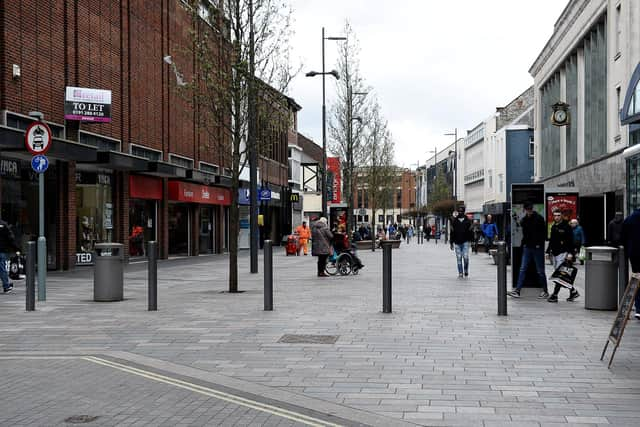Local lockdown guidelines explained as coronavirus cases spike in Sunderland
and live on Freeview channel 276
A number of businesses and schools have closed as a result of the outbreak – click here for a full list – and concerns have been raised that the area could face a local lockdown.
What does a local lockdown mean?
The government and local authorities are able to reintroduce some restrictions which were in force during the national lockdown in smaller local areas if they believe this would stem the spread of coronavirus.


Advertisement
Hide AdAdvertisement
Hide AdThe rules vary from place to place and are changed as time goes on and restrictions are eased.
A number of locations in Greater Manchester have been under local lockdowns since July which have included a ban people from different households meeting in their homes, gardens or other private residences and gym and swimming pool closures.
People in these areas have also been told they cannot socialise with people they do not live with, or are in a bubble with, in other indoor public venues – such as pubs, restaurants, cafes, shops, community centres, leisure and entertainment venues, or visitor attractions.
Is the case rate high enough in Sunderland to prompt a local lockdown?
Advertisement
Hide AdAdvertisement
Hide AdAfter a spike in cases which saw 83 people test positive over the weekend the current coronavirus rate in Sunderland is 36 per 100,000.
The UK government has used a rate of 20 per 100,000 when looking at quarantine regulations for people travelling from overseas but has not given a precise number when it would consider local lockdowns.
According to the government's "contain framework" guide for local decision-makers there is no set number of infections in an area that triggers a local lockdown.
A figure higher than 40 cases per 100,000 would raise the alarm.But whether any action is taken depends on the circumstances.
Advertisement
Hide AdAdvertisement
Hide AdLast week South Tyneside was added to Public Health England's watchlist after the Borough's weekly case rate rose to 50 per 100,000 of the population.
Care homes were asked to stop visiting and spot checks were carried out at pubs a over the weekend to ensure social distancing measures were in place and contact details taken.